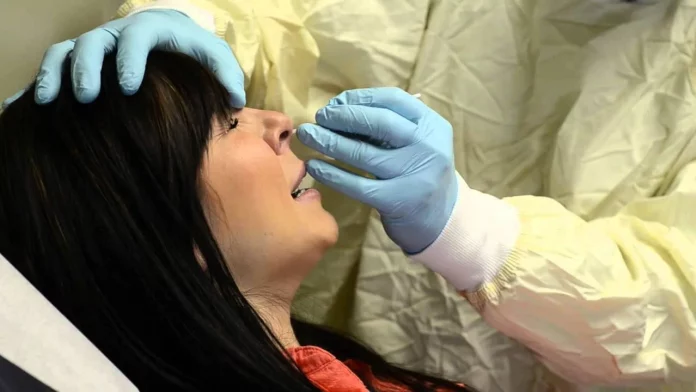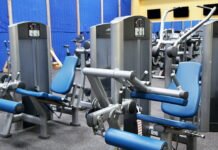Last Updated on March 12, 2024 by admin
Pathological tests form the foundation of any medical treatment. Any error in sample collection or unwanted contamination can lead to a wrong diagnosis, ultimately leading to inappropriate medication. To avoid all these problems, sample collectors working at pathology labs are trained about the different ways of sample collection and what kind of tools to use under different scenarios.
Medical swabs are one of the main tools used to collect non-blood-related samples for testing purposes. Previously there was only one kind of swab made from cotton, which was used for all-purpose, but now there are many swabs available from companies like Asis Scientific. In this article, we will be looking at different types of swabs available and the purpose for each one of them.
Different Types Of Medical Swabs And Their Uses:
Swab suppliers Australia provides a large variety of suitable swabs for different purposes. They vary in fiber quality and even in the way they are manufactured. Here is a list of the different swabs and their uses,
- Cotton tipped swabs – Used for collecting samples from all kinds of places, be it patients or crime scenes. Once, it was the only kind of swab that was being produced. They are soft, low-cost, and reliable. But it has been seen lately that the natural fibers release fatty acids, which can interfere with the sampling process.
- Rayon tipped swabs – Rayon is a synthetic material that has a similar texture to cotton and hence is an excellent alternative to cotton swabs and eliminated the problem caused due to the naturally occurring fatty acid interference. The origin of rayon fiber is wood, but there are no natural parts in the final product due to the entire manufacturing process that can cause any problems.
- Polyester tipped swabs – Another artificially produced fiber has been introduced to the medical field recently. The polyester fibers form the ideal swab for sampling in microbiology, PCR tests, and rapid tests like Covid 19 tests. They have one of the best release properties, and the finish of these swabs is also very smooth, helping in sample collection.
- Foam-tipped swabs – Polyurethane is used to create foam-tipped material for swab manufacturing. Unlike standard fibers, foam collects samples by soaking them through the pores. Different porosity foams are used for different purposes; 100 PPI (pores per inch) is the most commonly used. The inertness of polyethylene foam becomes one of the fundamental reasons foam-tipped swabs are used for chemical tests.
- Flocked swabs – One of the most advanced classes of swabs that are currently in use for their high absorption and releasing ability. Flocked swabs come in a variety of swab head shapes which are very reliable. They are most popularly used as tipped applicators to clean wounds or apply medicine to wounds.
Conclusion:
As can be seen, there are many swabs made from different swab suppliers in Australia. Each uses unique materials and has a different use for each one. Understanding which one to use in which situation should be manageable by going through the build and purpose of each one mentioned above.
Read More: Benefits of using rapid antigen tests for faster testing and how it has helped Delhi






















